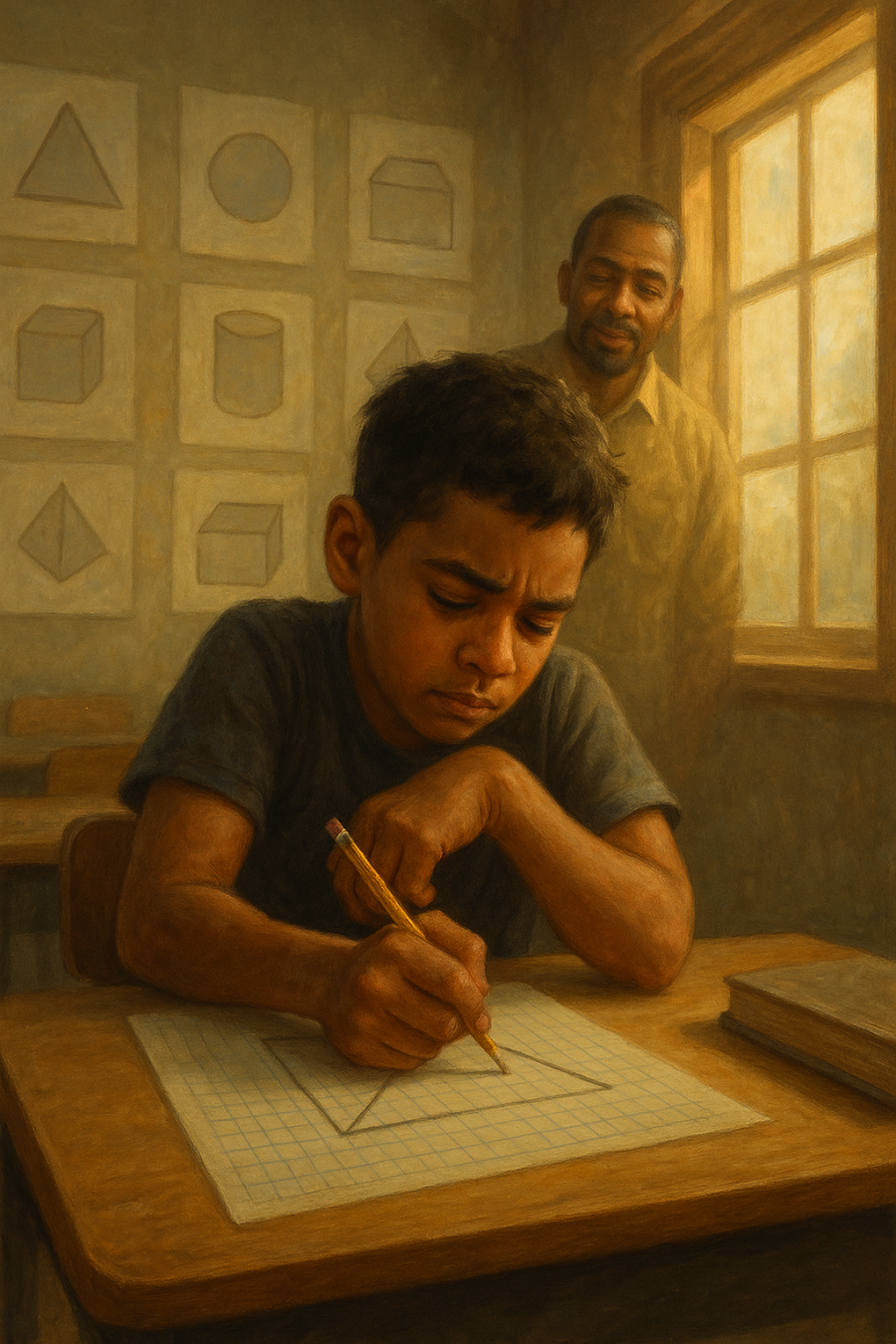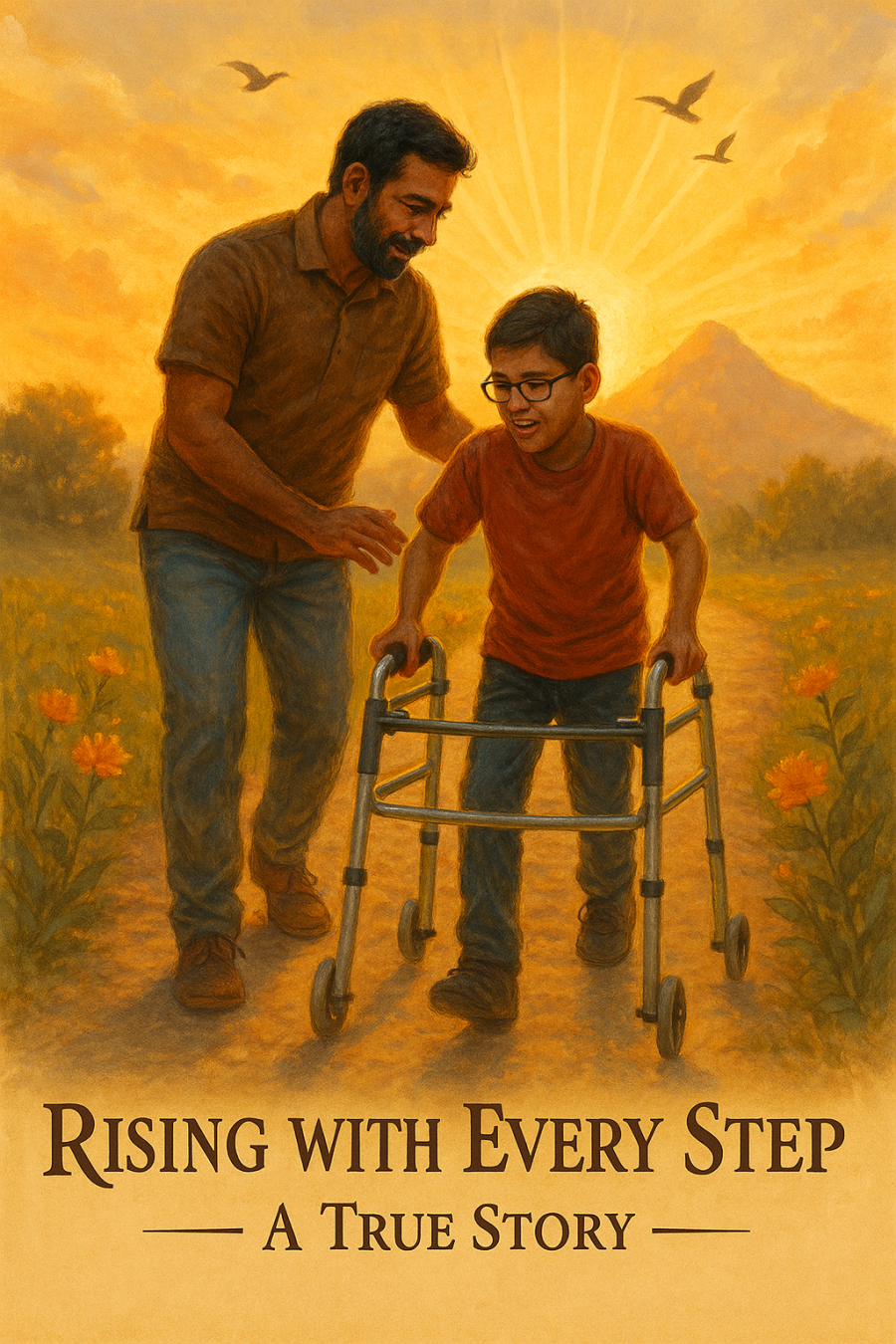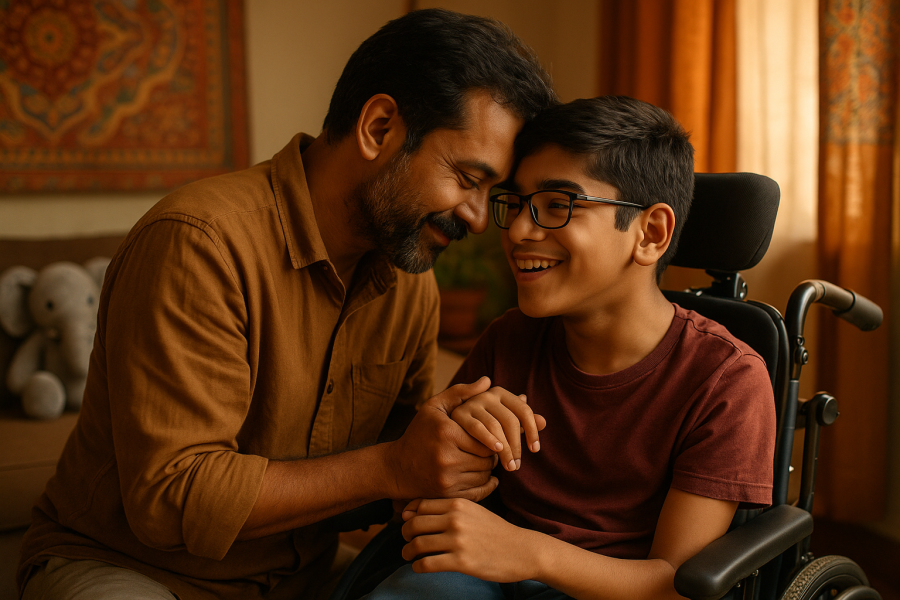- Argentina
- Australia
- Austria
- Bahrain
- Belgium
- Bhutan
- Brazil
- Brunei
- Cambodia
- Canada
- Chile
- China
- Colombia
- Cyprus
- Denmark
- Fiji
- Finland
- France
- Germany
- Greece
- Hong Kong SAR China
- Hungary
- India
- Indonesia
- Iran
- Iraq
- Israel
- Italy
- Japan
- Jordan
- Kenya
- Kuwait
- Luxembourg
- Macau SAR China
- Malaysia
- Maldives
- Mauritius
- Myanmar [Burma]
- Nepal
- Netherlands
- New Zealand
- Norway
- Oman
- Philippines
- Poland
- Portugal
- Qatar
- Russia
- Saudi Arabia
- Singapore
- South Africa
- South Korea
- Spain
- Sri Lanka
- Swaziland
- Sweden
- Switzerland
- Taiwan
- Thailand
- Turkey
- Ukraine
- United Arab Emirates
- United Kingdom
- United States
- Vietnam
- Yemen
- Zimbabwe
Difficulty in creating math shapes due to tightness in the left hand elbow

Difficulty in creating math shapes due to tightness in the left hand elbow
1. Physiotherapy for Arm and Elbow Mobility
Goal: Reduce tightness and improve range of motion and control.
Useful exercises (with help from a trained therapist):
-
Passive stretching of elbow flexors
-
Weight-bearing on extended arm (e.g., leaning on extended arm on a table)
-
Reaching and grasping games with opposite hand assisting
-
Bilateral arm tasks like pushing a ball or pulling stretchy bands
⏳ Consistency helps — even 15–20 mins daily brings improvement.
✅ 2. Assistive Tools for Shape Drawing
If motor control is limited:
-
✏️ Thick pencils/pen grips (easier to hold)
-
🧲 Magnetic shape boards or pegboards (to form shapes by placing pre-cut parts)
-
📐 Stencils and templates (circles, squares, triangles — child traces within boundary)
-
📏 Hand straps or elbow supports to reduce involuntary bending
You can also use apps or tablets (like using fingers to drag shapes on touchscreen — no need to grip tightly).
✅ 3. Alternative Learning Methods
To help understand and learn math shapes:
-
🧩 3D shape models made of plastic, foam, or clay (to touch and rotate)
-
🎨 Tracing shapes on sand/rice trays with finger (improves motor planning)
-
🧼 Shape cutting from sponge or playdough to reduce grip stress
✅ 4. Involve Occupational Therapist (OT)
An OT can create:
-
A custom exercise plan
-
Recommend adaptive tools
-
Train hand–eye coordination for writing and drawing
✅ 5. Parental Support Tips
-
Always praise effort, not just result.
-
Break shapes into steps (e.g., two lines make a triangle).
-
Use verbal cues: “Make a line... now a slant... good!”
🧠 Example Learning Path:

 by Admin
by Admin

